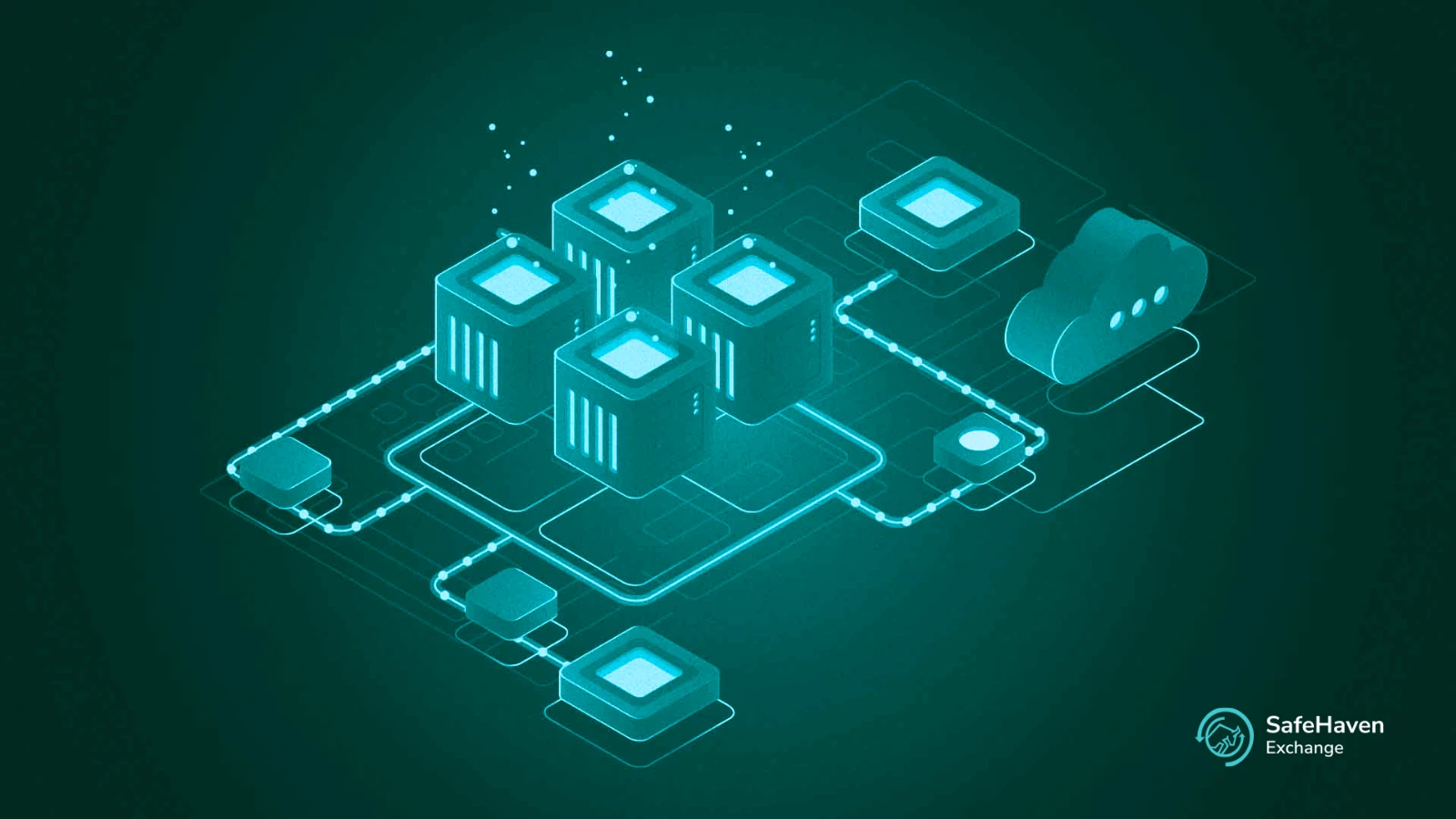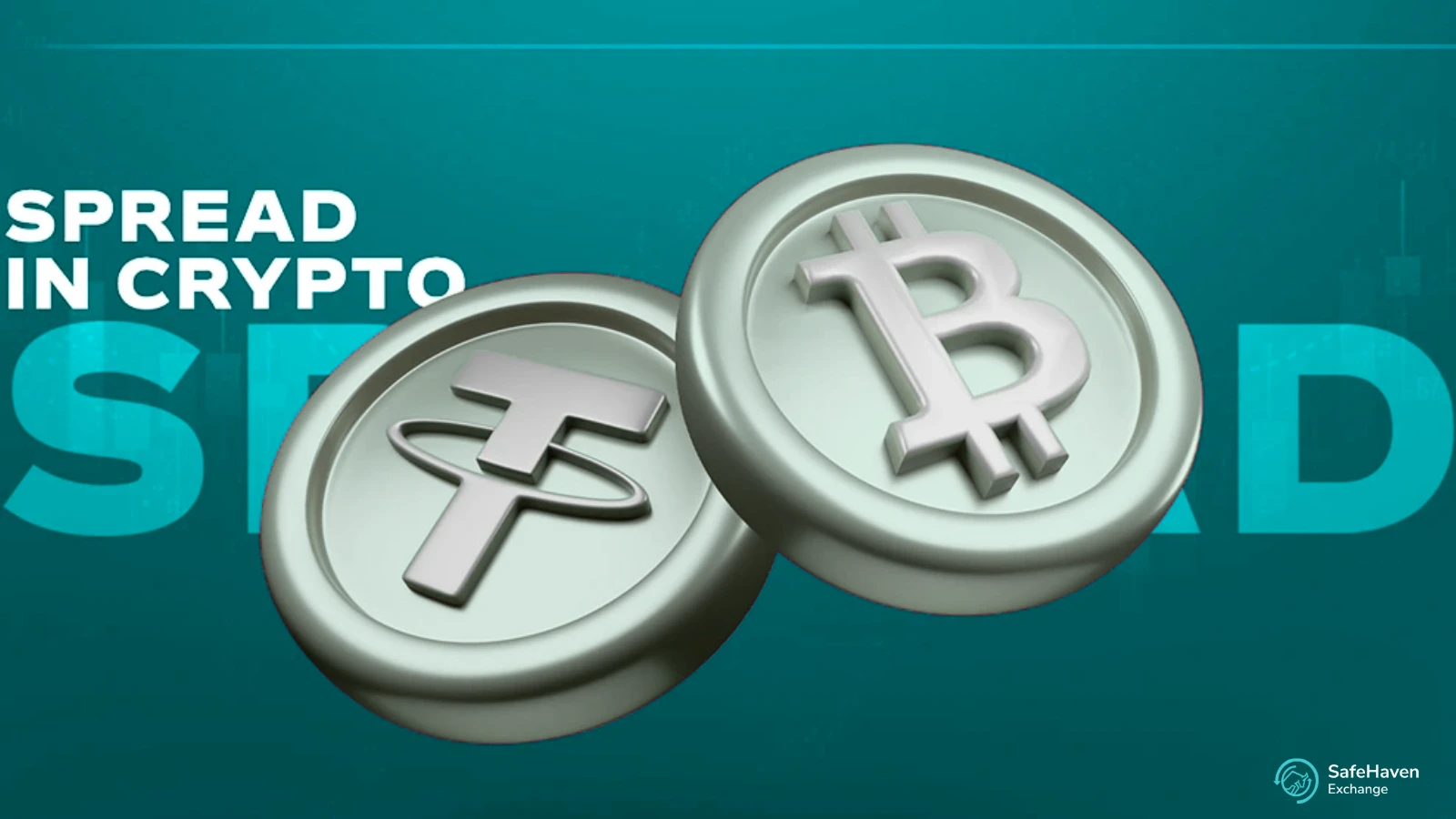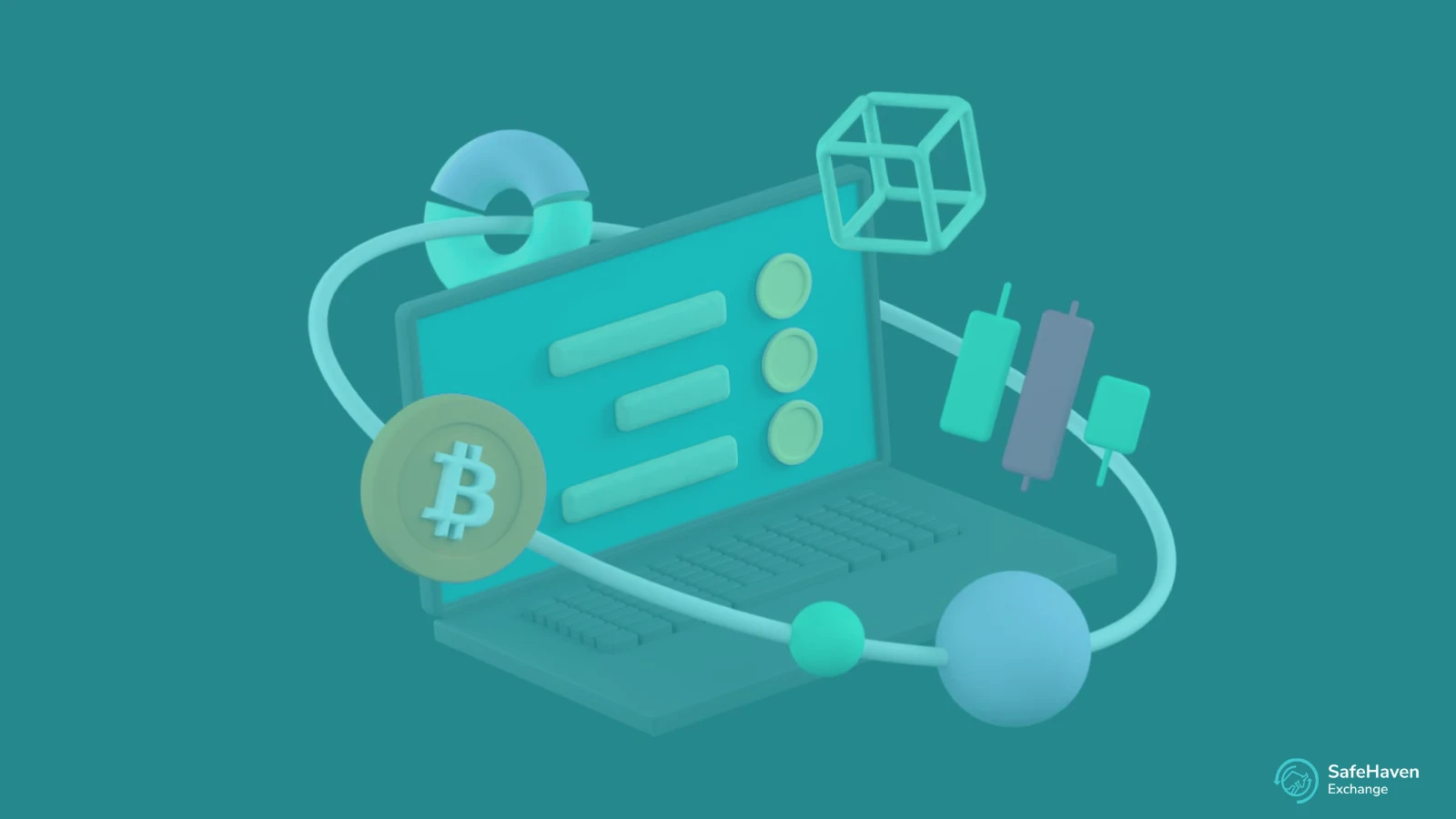The cryptocurrency ecosystem continues to evolve, driven by the need for faster transactions, lower fees, and scalable infrastructure. As blockchain networks grow in user base and transaction volume, scalability challenges have become more evident. This is where subnets come into play — a revolutionary concept designed to enhance blockchain efficiency and network performance.
In this detailed analysis, we’ll break down what a subnet is in crypto, how it works, why it’s crucial for modern blockchain architecture, and what it means for crypto traders who rely on speed, liquidity, and security for their trading strategies.
Why Subnets Matter in the Crypto World
As blockchain adoption surges, leading networks like Bitcoin and Ethereum often face congestion, high gas fees, and slow confirmation times. To overcome these challenges, developers have introduced several scaling solutions such as Layer 2s, sidechains, and subnets.
Among these, subnets (short for sub-networks) offer a unique and flexible approach to scaling by enabling custom, independent blockchains that operate within a broader network ecosystem.
For crypto traders, understanding subnets isn’t just technical curiosity — it’s an opportunity to grasp how trading environments are evolving. Subnets can lead to faster transaction speeds, more efficient DEX operations, and potentially higher profitability due to reduced costs.
What Is a Subnet in Crypto?
A subnet in crypto (short for sub-network) is a smaller, independent blockchain or network that operates under the umbrella of a larger blockchain platform. Each subnet functions autonomously, with its own set of validators, rules, and consensus mechanisms, while still being connected to the main blockchain ecosystem.
Think of it as a blockchain within a blockchain — similar to how computer networks use subnets to divide larger networks for better performance and control.
For example, on the Avalanche blockchain, subnets allow developers to create fully customizable blockchains tailored for specific applications, such as gaming, DeFi, or enterprise solutions — all while maintaining interoperability with the main Avalanche network.
How Do Subnets Work in Blockchain?
To understand how subnets operate, let’s break it down step by step:
Validator Independence
Each subnet has its own validators, responsible for validating transactions and maintaining consensus. These validators may also stake tokens (like AVAX on Avalanche) to secure the subnet.
Custom Consensus Mechanisms
Unlike traditional blockchains that share a single consensus model, subnets can define their own rules, consensus protocols, and tokenomics. This flexibility allows developers to optimize networks for specific use cases.
Communication with the Main Chain
Subnets can interact with the primary network (main chain) for security, interoperability, and asset transfers. This layered relationship ensures both scalability and decentralization.
Enhanced Performance
By offloading transactions from the main network, subnets significantly reduce congestion and increase transaction throughput. This results in faster execution times — a key benefit for trading platforms and decentralized exchanges (DEXs).
Subnet Example: The Avalanche Network Model
Avalanche is one of the most prominent blockchain ecosystems utilizing subnets. Its architecture consists of three primary chains (X-Chain, P-Chain, and C-Chain), with the P-Chain managing subnet creation and coordination.
Here’s how it works:
- Developers can launch custom subnets for specific applications.
- Validators secure subnets by staking AVAX tokens.
- Each subnet can host one or multiple blockchains with custom virtual machines (VMs), consensus rules, and tokens.
This flexibility allows enterprises and DeFi projects to operate their own blockchains without congesting the primary Avalanche network.
In essence, subnets democratize blockchain scalability — allowing anyone to build tailored blockchain ecosystems without sacrificing speed or security.
Why Subnets Are Important for Crypto Traders
For crypto traders, subnet technology introduces several direct and indirect advantages:
Faster Transaction Speed
Trading on subnet-based platforms means lightning-fast transaction confirmations. No more waiting for congested mainnet settlements — trades execute in seconds.
Lower Fees
Since subnets handle their own transaction load, gas fees are significantly reduced, enabling traders to move assets and execute trades more economically.
Improved Liquidity Access
Subnets can host specialized DEXs or liquidity pools catering to niche markets, allowing traders to discover unique trading pairs and new liquidity opportunities.
Enhanced Security & Reliability
With customizable consensus mechanisms and isolated blockchain environments, subnets minimize systemic risks and reduce the likelihood of network-wide downtime.
Tailored Trading Ecosystems
Imagine trading platforms running on custom-built subnets designed exclusively for low latency, high liquidity, and trader-focused performance — this is the direction blockchain trading is heading.
Subnet vs Sidechain vs Layer 2: What’s the Difference?
Subnets often get confused with other blockchain scaling solutions like sidechains and Layer 2s. Here’s a quick comparison:
| Feature | Subnet | Sidechain | Layer 2 |
|---|---|---|---|
| Independence | Fully independent blockchain | Semi-independent, pegged to main chain | Depends on main chain |
| Consensus | Customizable | Separate consensus | Uses main chain’s consensus indirectly |
| Security | Validators of subnet secure it | Own security layer | Relies on main chain security |
| Use Case | Custom blockchains, apps, DEXs | Application-specific | Transaction scaling |
| Example | Avalanche Subnets | Polygon PoS | Arbitrum, Optimism |
In simple terms, subnets offer more flexibility and autonomy than sidechains or Layer 2 solutions, making them ideal for scalable, high-performance trading environments.
Risks and Challenges of Subnets in Crypto
While subnets bring scalability and customization, they also come with certain risks that traders and developers should consider:
- Security Isolation: Since subnets are independent, a poorly secured subnet could face attacks even if the main network remains safe.
- Liquidity Fragmentation: Different subnets may split liquidity, impacting cross-network trading.
- Validator Centralization: Smaller subnets may have fewer validators, which could reduce decentralization.
- Complexity: Managing multiple subnets and their configurations requires technical expertise.
Nonetheless, as the technology matures, these challenges are being addressed through interoperability protocols and subnet standardization.
The Future of Subnets: Powering Next-Generation Trading Platforms
The evolution of blockchain networks suggests that subnet architecture could redefine the future of crypto trading. As DeFi platforms, NFT markets, and metaverse ecosystems continue expanding, subnets provide the infrastructure needed for scalable, high-speed, and low-cost operations.
For Traders:
- Expect more trading platforms and DEXs built on subnet ecosystems.
- Benefit from faster execution and access to new subnet-native tokens.
- Enjoy smoother experiences during network congestion periods.
For Developers and Institutions:
- Subnets allow the creation of private, regulatory-compliant trading environments.
- Enterprises can integrate blockchain technology while maintaining control over security and governance.
By embracing subnet-driven architecture, trading platforms can offer unparalleled performance, attracting more traders and liquidity — a win-win for the ecosystem.
Conclusion
So, what is a subnet in crypto? It’s more than just a network division — it’s a powerful mechanism that enables scalability, customization, and efficiency across blockchain ecosystems.
From speed and low fees to flexibility and innovation, subnets empower both developers and traders to push the boundaries of what decentralized finance can achieve.
As crypto markets evolve, platforms leveraging subnets will offer traders faster executions, deeper liquidity, and improved reliability — all critical for success in today’s volatile markets.
Disclaimer: This post is for informational purposes only. Prices and data are market updates, not financial or investment advice.








